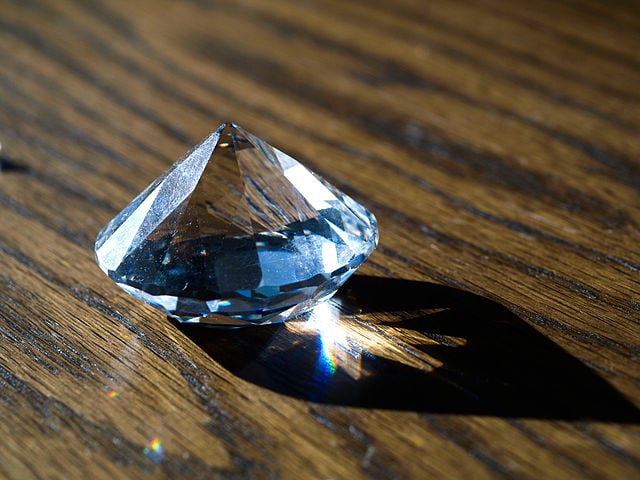Diamonds have long been associated with wealth, power, and romance. The famous phrase “diamonds are forever” encapsulates their perceived rarity and enduring value. However, the notion that diamonds are rare is largely a myth—a creation of marketing campaigns and cultural narratives rather than actual geological scarcity. This article explores why mined diamonds are not as rare as popular belief suggests.
The Diamond Supply Chain
One of the key reasons why diamonds are not truly rare is the vast and carefully managed supply chain. Diamond deposits are found in many parts of the world, including South Africa, Russia, Canada, Australia, and Botswana. These deposits are mined by large corporations that have developed efficient extraction and processing techniques, allowing them to maintain a steady flow of diamonds into the market.
De Beers and the Control of the Diamond Market
Historically, the De Beers company played a pivotal role in shaping the global diamond market. Founded in the late 19th century, De Beers established a near-monopoly over the diamond industry, controlling production, distribution, and pricing. Through its centralized structure and effective marketing campaigns lab made diamonds, De Beers created the illusion of scarcity to drive up demand and prices.
One of the company’s most effective strategies was stockpiling diamonds. By controlling the release of diamonds into the market, De Beers was able to manipulate supply and maintain the perception of rarity. This strategy, combined with the company’s marketing efforts, helped establish diamonds as symbols of luxury and exclusivity.
The Abundance of Diamonds
Geologically speaking, diamonds are not rare. They form deep within the Earth’s mantle and are brought to the surface through volcanic activity. The sheer number of known diamond-bearing kimberlite pipes and other deposits suggests that there are more diamonds available than the market perceives.
In addition, diamonds have a high level of durability, meaning they don’t easily degrade or wear down. This durability ensures that once a diamond is extracted and cut, it can last for generations, contributing to the overall supply.
The Impact of Synthetic Diamonds
The emergence of synthetic diamonds has further highlighted the abundance of diamonds. Using advanced technology, manufacturers can create diamonds in laboratories that are chemically and physically identical to mined diamonds. These synthetic diamonds are often less expensive and can be produced in large quantities, challenging the traditional diamond industry’s claims of rarity and exclusivity.
Conclusion
While diamonds have an enduring allure and remain symbols of romance and luxury, the idea that they are rare is a myth. The diamond industry, particularly through De Beers’ historic control of the market, has carefully crafted this perception. In reality, diamonds are abundant, and their supply is managed to maintain high prices. As consumers become more aware of this reality and alternatives like synthetic why mined diamonds are not rare, the concept of diamond rarity may continue to evolve.

:max_bytes(150000):strip_icc()/sq-b609e1c6078c460abc25857ae151bf2e.jpg)

